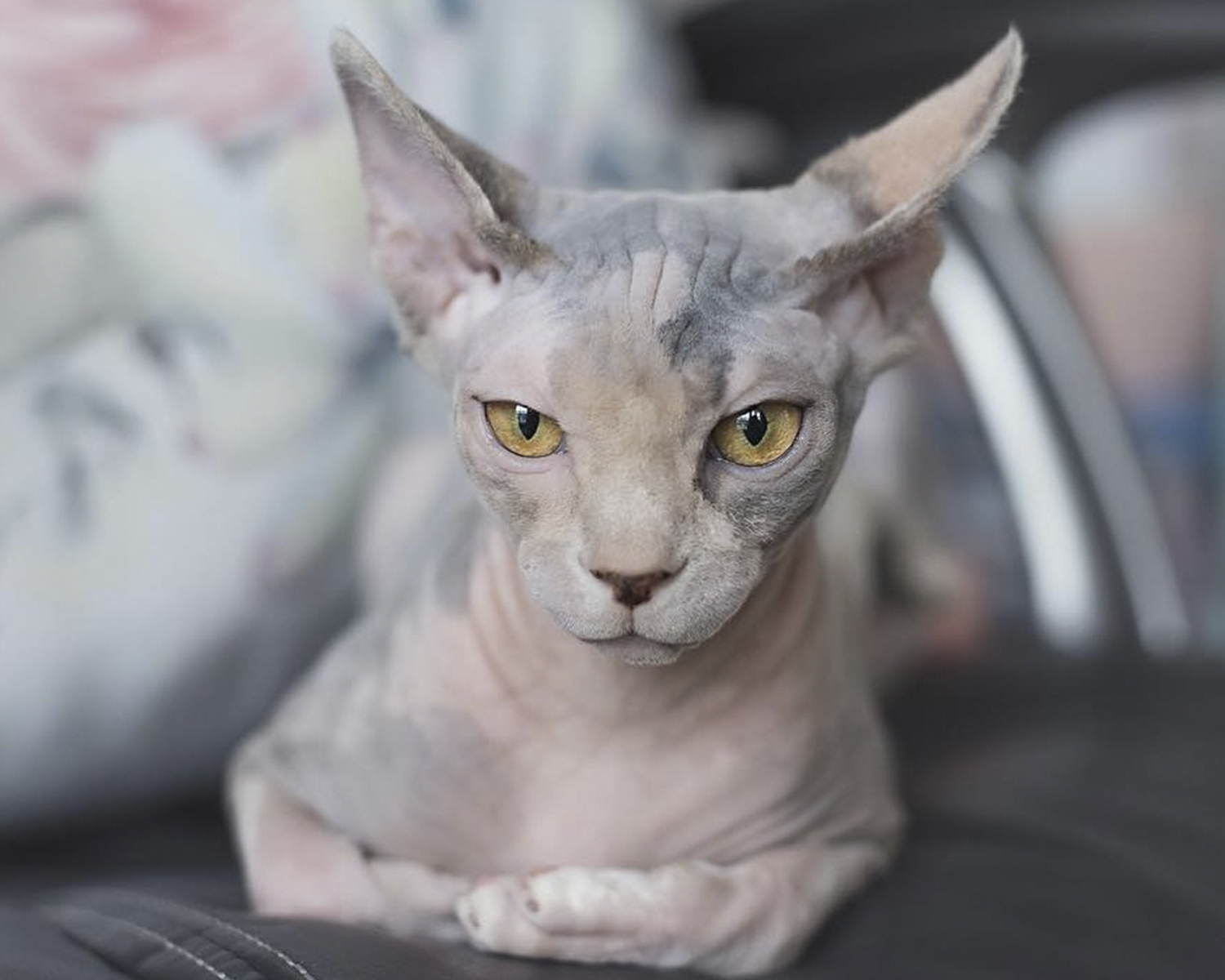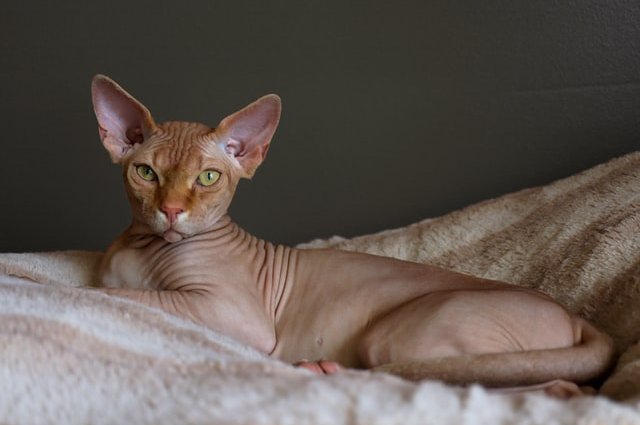The Sphynx is described as an active and affectionate breed of cats. Cat owners should be aware of their sociable, sometimes called intrusive manner. The hairless kitties are pure indoor cats. As a rule, there is nothing wrong with a secured garden or balcony, as long as you watch out for the weather. Otherwise, the kitty could get sunburn or hypothermia. Most representatives of the breed appreciate a cat partner. But he shouldn’t be too calm. There should always be enough food available, as this breed has a higher energy requirement. When someone speaks of the Sphynx cat breed, they usually mean the Canadian Sphynx.

The first known Sphynx breed was created through a mutation and, as the name suggests, comes from Canada. The hairless race is also named after the ancient Egyptian sphinx statues.
The oldest photo of a couple of hairless cats was taken in Mexico in 1902. However, hairless cats have been around since ancient times. The first known Sphynx was born in Canada in 1966 but died without conceiving any offspring. Just a year later, a cat with hairless kittens was discovered in Toronto. The first litter was neutered, but the later offspring of this cat was eventually bred. It was originally thought that the Sphynx mutation was caused by the same gene as that of the Devon Rex. However, it is quite likely that the genes are different.
The truth is that the Sphynx is only hairless at first glance. Her body is covered in light hair fluff. The skin is the color that the fur would normally be. Therefore, the Sphynx can have the same color variations as other cat breeds.
Breed-specific behavior

Known for their alert nature and intelligence, the Sphynx is considered alert and curious. It is not uncommon for her to have a lot of nonsense in her head, which her lovers of the breed are usually happy to forgive. Some describe them as intrusive, for others their people-related and affectionate behavior makes this breed something very special.
Attitude and care

The hairless kitty gives off her body heat directly through the skin. As with the Don Sphynx, this results in a higher energy requirement. The breed, therefore, needs more food than others. Body fat that may be deposited on the cat’s skin should be washed off regularly. Some owners recommend a weekly bath, others recommend cleaning with a soft leather cloth. If the cat is to be bathed, it is advisable to get used to it as a kitten. Otherwise, the bath is associated with great stress for the animal. In the summer, the Sphynx can get sunburned. It is therefore imperative that you limit your time in the sun. But caution is also advised in the cold season: The hairless animals can cool down quickly and should therefore be kept indoors. Otherwise, colds are inevitable! As a rule, there is nothing wrong with a balcony.
Like the Don Sphynx, the Sphynx is often incorrectly referred to as allergen-free. That’s not the case. Most people react to the allergen that is in the sebum glands, saliva, and urine of animals. People with a cat allergy can therefore react more violently to hairless cats than to breeds with fur. An allergy should therefore be ruled out before purchasing



